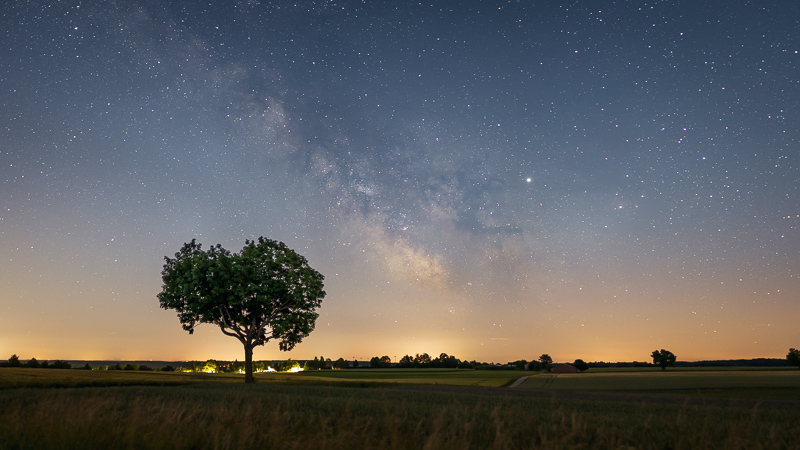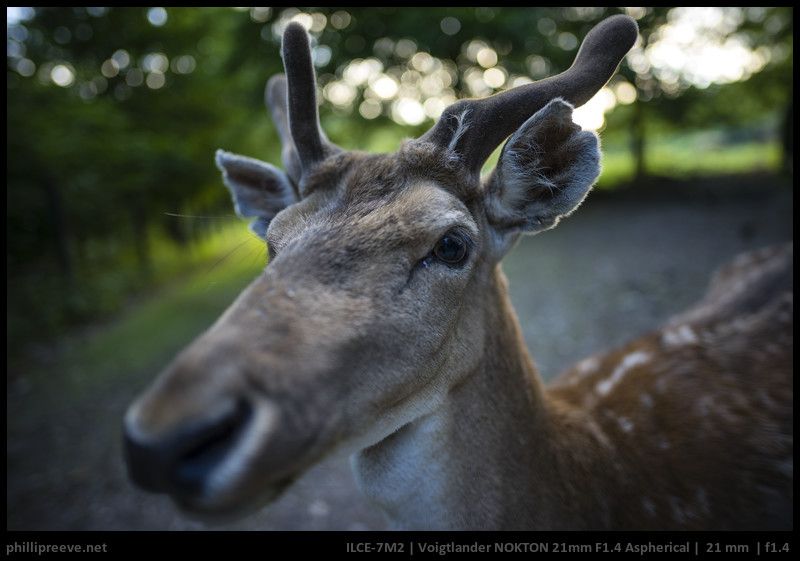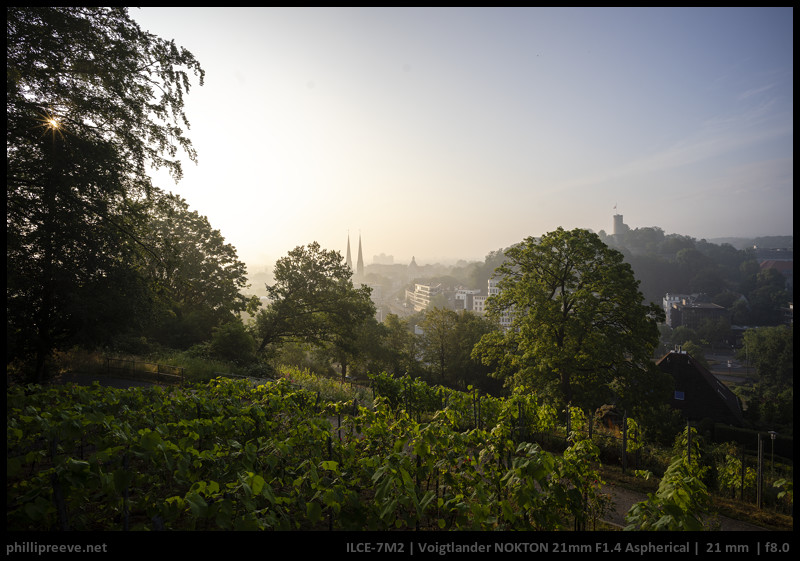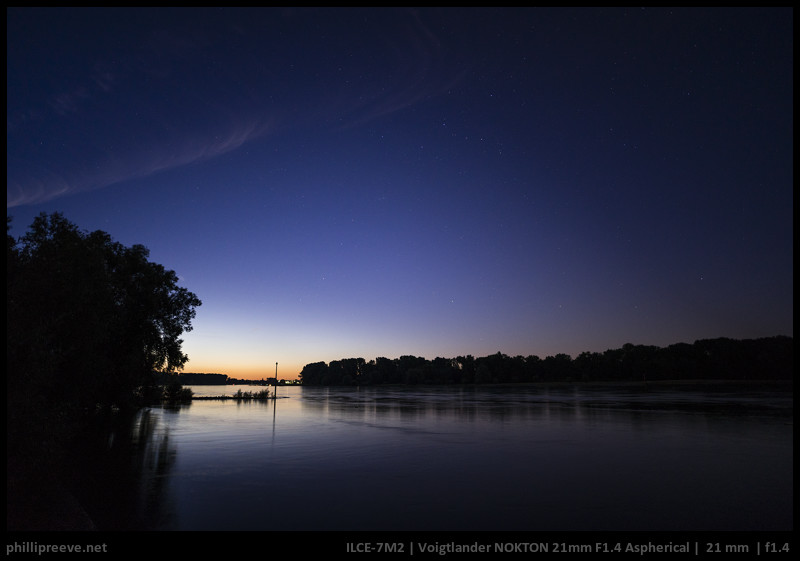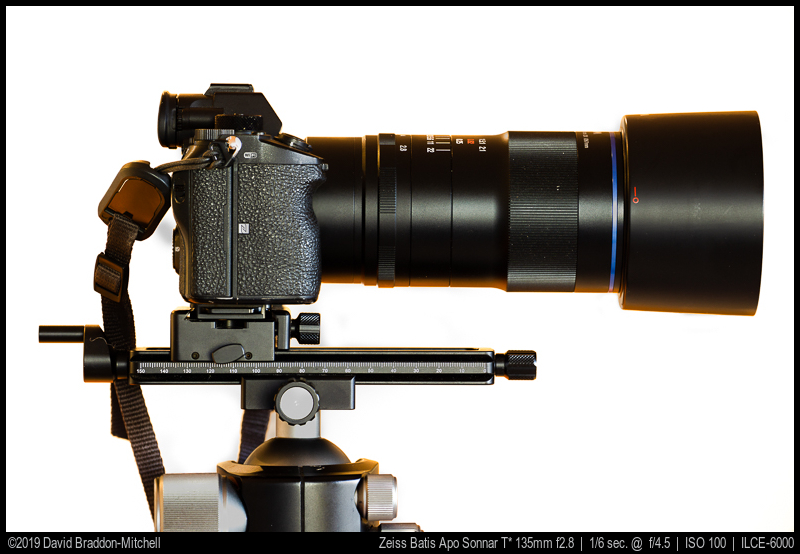
This lens costs $449. It’s a 100mm f2.8 macro, which focuses down to twice life-size. A feat no other lens in its class achieves. It also focuses to infinity. It claims to be apochromatic. How good can it be? Is it, as some suspected when they first heard about it, good for macro but only an emergency lens for infinity use? Or is it the deal of the century? I’m afraid I’m going to make you read further if you want to find out!
UPDATE at the end I have some info which might make the lens more attractive than most of my review suggests.
Samples



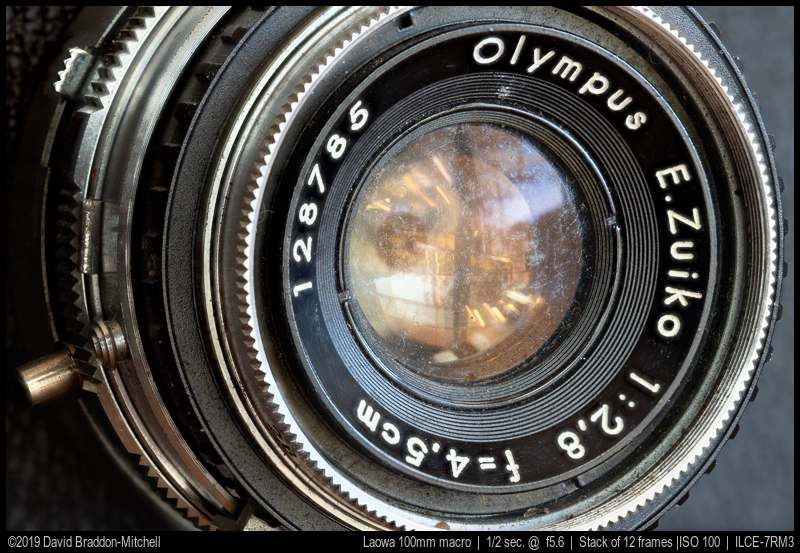
Continue reading Laowa 100mm f2.8 CA-Dreamer Macro 2x: A review


